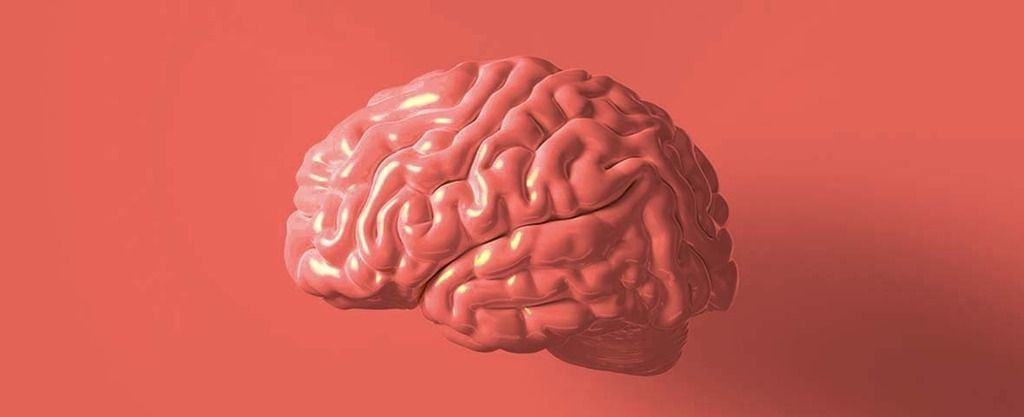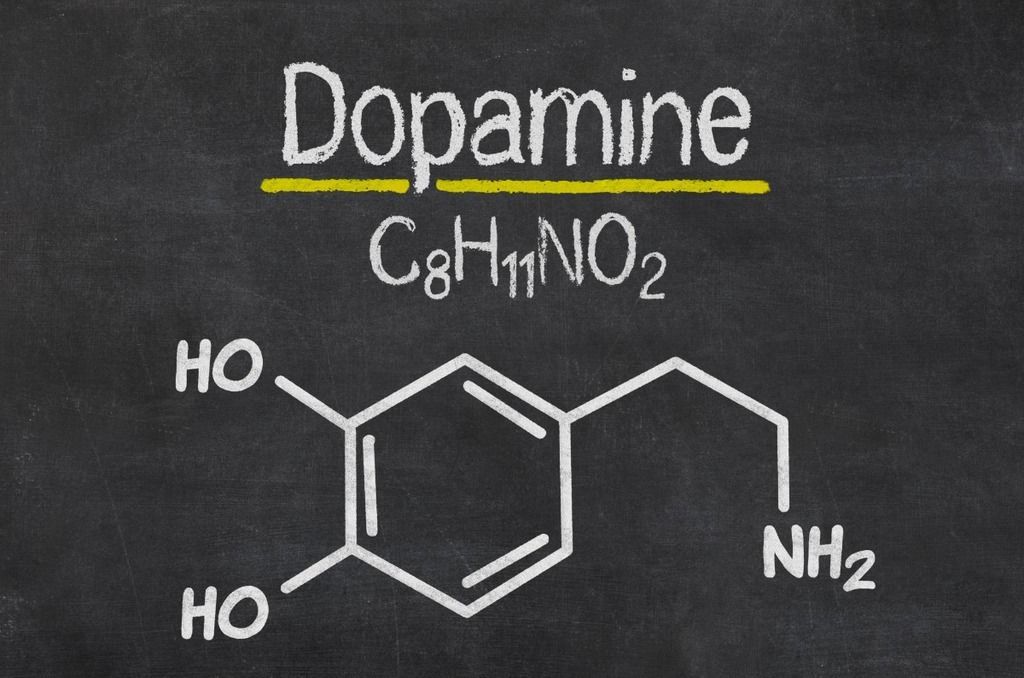The Hypothalamus is involved in locomotion? Complex dopamine circuitry uncovered
By measuring locomotion and investigating dopaminergic neurons, complex dopamine circuitry is uncovered. How are amphetamine and our biological clock involved in this?
Posted by
Published on
Thu 24 Nov. 2022
Topics
| Attention | EthoVision XT | Locomotion | PhenoTyper |

Behavior serves as an essential proxy for brain function. Where and how this is regulated is not always as simple as finding the appropriate wire going from point A to point B. Complex circuitry, many neurotransmitters and hormones, and multiple brain areas are usually involved. Piece by piece researchers are gaining a full picture of the brains’ inner workings.
Behavior is essential in neuroscience
This blog post touches the surface of such a topic, and partly dissects a recent paper in Nature communications by Korchynska et al [1] on locomotion control from a brain area that is primarily associated with homeostatic body functions; the hypothalamus.
The hypothamalus: our smart thermostat
The hypothalamus is a brain structure that is often referred to as a smart control center of your body. By controlling and coordinating hormones and/or nervous system signaling it functions to regulate physiological parameters such as sleep, mood, body temperature, hunger/thirst, blood pressure, and other parameters that contribute to homeostasis.
The hypothalamus gets chemical messages from nerve cells in your brain as well as nerve cells throughout your body (your peripheral nervous system), which is also responsive to signals from outside your body.

Hormones of the hypothalamus: essential messengers
These chemical messages are mostly sent through hormones. The hypothalamus itself produces such hormones like corticotropin-releasing hormone (CRH; highly involved in the stress response), growth hormone-releasing hormone (GHRH), somatostatin (inhibits insulin and glucagon secretion), to name a few.
Many of these hormones serve a messenger function, simply to activate or stimulate a physiological function or response. A good example of this is GHRH; it is released by the hypothalamus and merely signals the release of growth hormone (GH) from the anterior pituitary which goes directly into your bones and muscles to stimulate growth.
What is the role of dopamine?
Dopamine is also released from the hypothalamus, which is a neurotransmitter as well as a hormone. In the body, dopamine is involved in a variety of vital activities, including mobility, memory, and pleasure reward and motivation. Dopamine levels are linked to a variety of mental health and neurological disorders as well.
Specifically in the hypothalamus, dopamine is best known for its role as a signaling molecule for the inhibition of prolactin release from the anterior pituitary, thus the production of milk after child birth.
Mapping all of dopamine’s roles and functions remains extraordinarily complex. Summarizing all of it’s functions and involvements within normal physiology (and diseases) might require a book on itself. It is suggested however that the heterogeneity of dopamine roles lies in dopaminergic cell groups, which are collections of neurons in the central nervous system that express/produce dopamine and are in this way involved in their own distinct efferent dopaminergic pathway(s).

Measuring behavior and looking at dopaminergic cell groups
Going back to the topic of measuring behavior; the abovementioned recent publication in Nature communications by Korchynska et al describe such a cell group (A14), or dopamine locus, in the hypothalamus which seemingly is involved in a commonly investigated behavioral parameter: locomotion.
Korchynska et al focused on the A14 neuron cluster in mice, in which they found:
- Spontaneous activity of A14 dopamine neurons in the periventricular nucleus (PeVN) was increased during dark hours, suggesting that dopamine cells in the PeVN are directly entrained by input from the suprachiasmatic nucleus (SCN; “the biological clock”).
- A14 neurons give rise to long projections that leave the hypothalamus and densely innervate the lateral septum (LS), which is in essence a relay center from the hippocampus and is involved in a variety of functions, including emotional, motivational, and spatial behavior.
- a PeVN-to-LS projection operates with dopamine as a neurotransmitter acting at enzyme-activated (metabotropic) G-protein coupled receptors.
Involvement of day/night rhythms and the use of amphetamine
Korchynska et al further hypothesized based on previous research that A14 dopamine neurons could be central to the diurnal (during the day) regulation of locomotion. They found that particularly during the dark phase (which is the active phase in mice), activation of dopamine neurons in the PeVN increased locomotion in mice.
This time-of-day dependent activation can however be overridden by a psychostimulant, in this case: amphetamine. Korchynska et al uncovered that amphetamine significantly increased locomotor activity in control mice regardless of time-of-day or rather; day/night cycle.

How to measure behavior in a complex study
Continuous behavioral assessment of locomotion was achieved in this study by using Noldus’ PhenoTyper cages. These “home” cages allow for continuous housing and video monitoring of rodents, and can even integrate complex hardware such as optogenetics and operant walls or in this case: running wheels. Korchynska et al defined the following parameters over a 6-day period in EthoVision XT to achieve the above-mentioned results: distance moved, total activity, walking duration, and wheel running (number of wheel rotations).
Human relevance
Shift workers frequently use amphetamine to sharpen their focus and increase their own activity at night (the rest phase in humans). The explanation given here on how amphetamine can override the neural control of the central pacemaker on locomotion is of significant human relevance.
The authors also suggest that the primary adverse effect of methylphenidate (commonly known as Ritalin) treatment for attention deficit hyperactivity disorder (ADHD), increased evening and nighttime activity, may also be connected to the drug's ability to inhibit dopamine and norepinephrine reuptake along the SCN anterior PeVN LS circuit as studied by Korchynska et al.
Why we shouldn’t underestimate measuring behavior
In conclusion the findings of this studies show that this this A14 dopaminergic cell group might serves as a junction between the hypothalamus and further circuitry directly involved in motivated behavior. This builds on the existing known framework of midbrain dopaminergic circuitry (involved in locomotion).
Measuring behavior often seems simple and is often underrated. But behavior is the main physiological output of the brain and its associated circuitry. There can be no neuroscience without the behavioral component that is associated with it. And this complex study by Korchynska et al highlights that very nicely.
Reference- Korchynska, Solomiia et al. (2022). A hypothalamic dopamine locus for psychostimulant-induced hyperlocomotion in mice. Nat. Commun. 2022 131, 13 (1), 1–16
Related Posts

Taking opioids during pregnancy: short- and long-term consequences in rats

Freeze! A recent study on PTSD and the immune system


